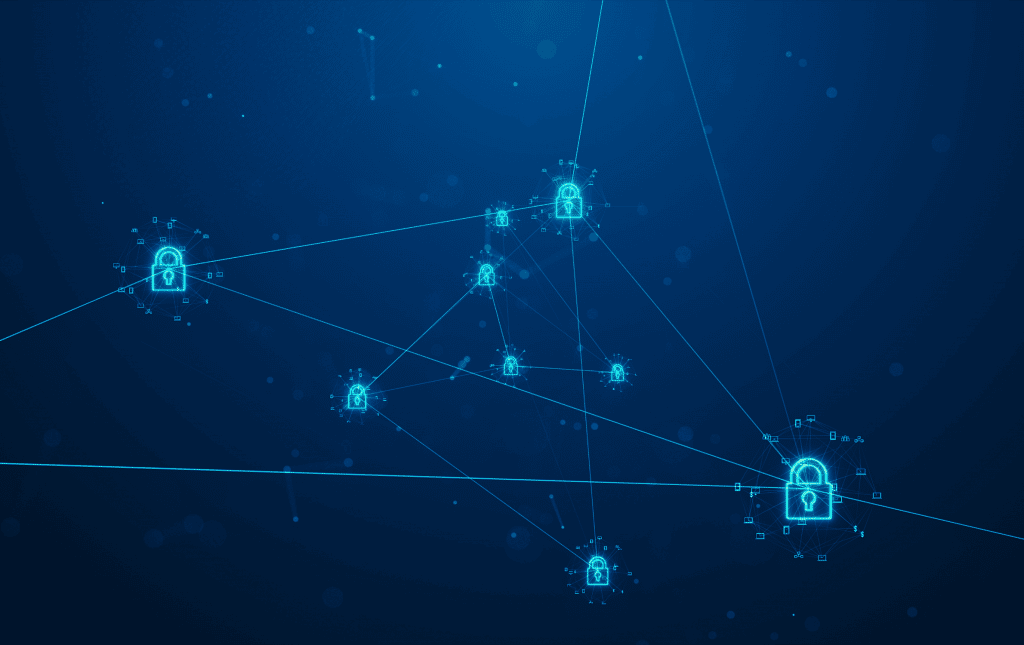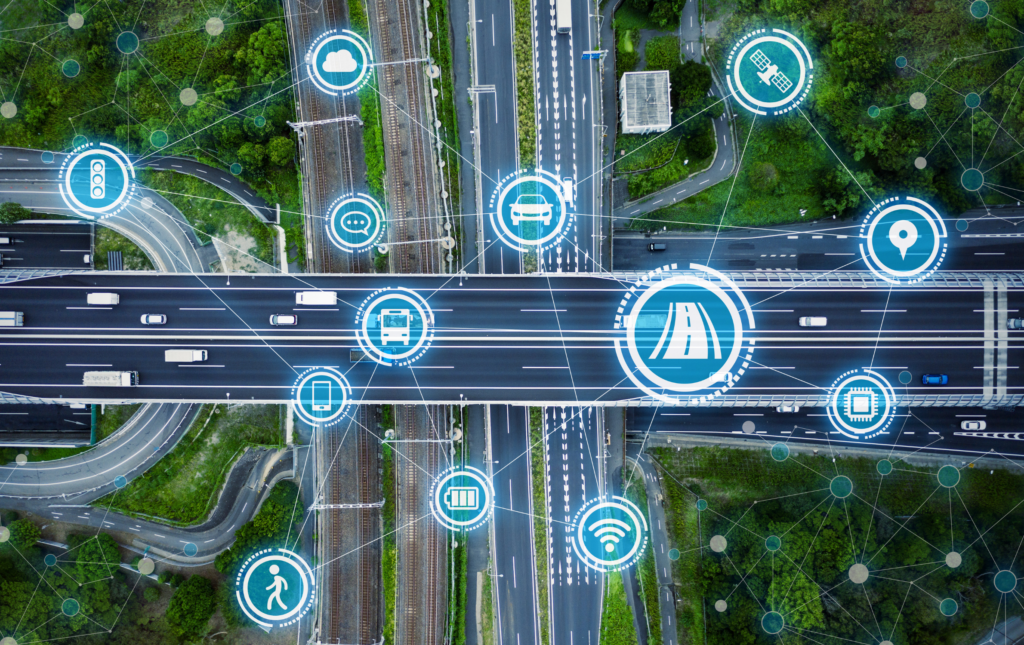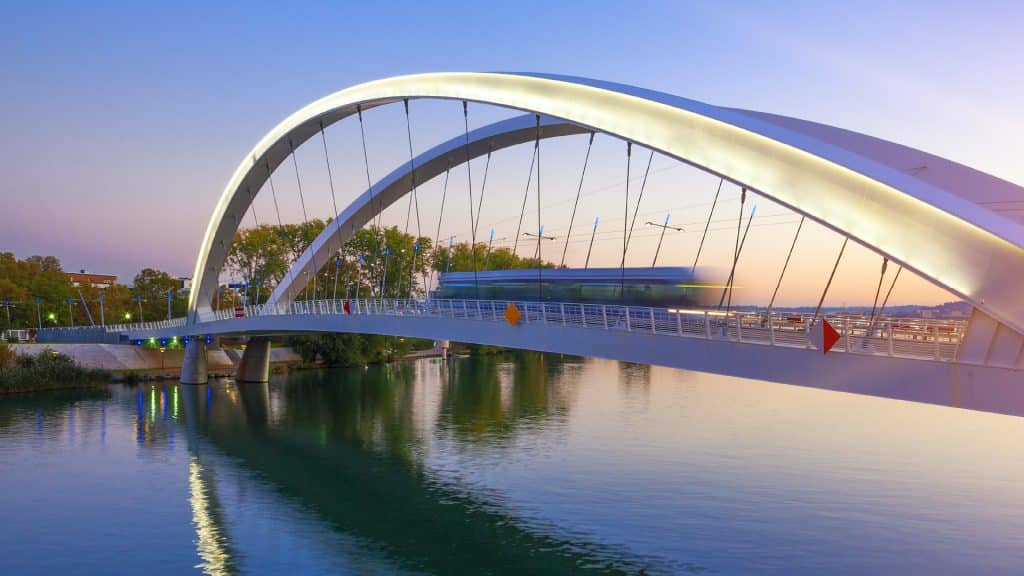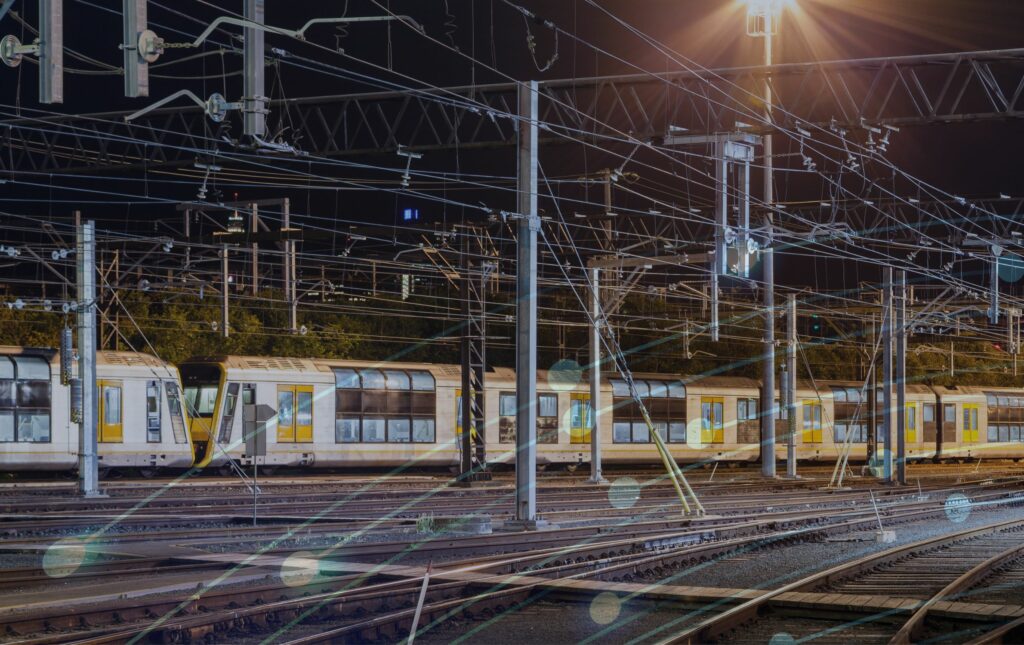Critical Infrastructure forms the backbone of modern society, allowing communities to live, work and play within a safe and prosperous environment. As the importance of critical infrastructure has deepened, we’ve all become increasingly reliant on it. So, when it fails or degrades, it can have significant impacts on the community. This includes our personal well-being as well as the time, cost, safety and performance outcomes for all stakeholders across a connected network.
Building resilience into critical infrastructure is a vital requirement for it ensures continuity – sometimes referred to as smooth flow – during periods where shocks, stresses and challenges might lead to disruptions and delays. As mega-trends in technology, resources, climate, and social change evolve, the way critical infrastructure operates has had to move with it. This has created a combination of highly complex systems, and placed increased focus on how resilience is managed. Simultaneously, this makes it harder to achieve as well!
From an Asset Management perspective, maintaining infrastructure has become more challenging as change outpaces adoption and integration. Although challenging to achieve, a holistic asset management approach can significantly improve resilience. By leveraging data and technology – paired with a systems engineering mindset – to track performance trends, operators can better align financial, performance, social and enterprise goals. This ensures assets remain resilient even in the face of future disruptions.
What is critical infrastructure?
Critical infrastructure encompasses the networks, systems, hardware and software designed to meet our most essential needs. It ensures access to food and clean water, reliable shelter, efficient transportation and provides access to opportunities. Put simply, Critical Infrastructure supports economic productivity and underpins societal growth and development.
Examples of critical infrastructure and assets include:
- Communications, such as telephone networks
- Financial services and markets, such as mobile banking
- Data storage and processing, such as the protection of personal information
- Defence, including national security and armed forces
- Higher education and research, such as universities
- Energy, like gas and electricity generation and supply
- Food and groceries, including the distribution networks to sustain us
- Healthcare and medical
- Technology, which includes satellite networks powering Wi-Fi, mobile networks and precision navigation
- Transport like rail, bus, and cars
- Water and sewage providing potable water and sanitation.
Without these enablers, the liberties of modern society become limited and rapidly diminish. We would no longer have the enhanced opportunities to thrive either as individuals or as a community.
What does it mean to be resilient?
Resilience in critical infrastructure is the ability of it to overcome or withstand the impact of operational adversity – including shocks, stresses and hardships. These impacts can stem from everyday events, such as traffic accidents, to more catastrophic disruptions like natural disasters.
What matters is that critical infrastructure and all its supporting systems can recover quickly, minimising the impacts on people, services and the economy.
To guide stakeholders on what it means to be resilient, Infrastructure Australia have proposed the following pathway principles:
- Resist: Robust, fail safe and safe-to-fail
- Absorb: Prepared and ready to respond
- Accommodate: Spare capacity, variety and sufficient reserves
- Recover: Restoration and response
- Transform: Future focused, foresight and reflective
- Thrive: Integrated, flexible, innovative and inclusive
- Effective: Production of desired or intended result, place-based planning and engagement
- Timely: Accountability, transparency and promptness.
By applying these principles, stakeholders can anticipate challenges and develop proactive strategies. This can mean role playing what effects certain scenarios may have on the network so that resolutions can be achieved as safely and efficiently as possible. For example, in the event of a traffic accident, transport operators must work in real-time to respond and coordinate the right course of action so that smooth flow is maintained.
A clear strategy can then be efficiently coordinated across all related efforts – such as emergency response, road repairs, and communications. This helps ensure each connected system also maintains smooth flow. Without a clear continuity plan, the return-to-normal takes longer, costs more, compromises safety, and can impact the wider critical infrastructure network.
Planning for a Resilient Future
Resilience planning requires future thinking. How will critical infrastructure respond to unforeseen challenges over the next 5,10, 15 years? These challenges could be shaped by four main mega-trends and may include:
- Societal: increased population densification, urban sprawl, and changing societal relationships.
- Technological: How emerging innovations like Artificial Intelligence and data protection will interact with other technologies, businesses and people.
- Climatic: The impact of rising sea levels, biodiversity changes, and natural disasters.
- Resources: Growing food and water scarcity, and the changing face of mining and energy towards renewables.
Within the climatic mega-trend alone, Infrastructure Australia has predicted that by 2050 the cost of natural disasters will be around $39 billion per annum, emphasising the growing importance of resilience.
Over the course of that 15-year time horizon, the way resilience is perceived and managed will be distinctly different to the way it is today. When planning for a resilient future, two key questions will define the future of the industry:
- How can resilience principles be embedded today to minimise future disruptions?
- How can mega-trends be leveraged to create long-term opportunities?

Building Critical Infrastructure Resilience through an Asset Management mindset
The implementation of an effective asset management strategy and mindset provides an opportunity to build more resilient systems, networks and assets. However, achieving this is not without its challenges and wicked problems to solve.
Critical infrastructure is inherently complex, making it difficult for asset managers to fully understand the interconnections between systems and sub-systems, let alone manage them effectively. This complexity makes resilience planning particularly demanding.
A holistic asset management strategy – one that connects all technologies and systems – is crucial to building resilience. It outlines the intended outcomes of the entire asset and provides a baseline where optimisation decisions can evolve. Conversely, the absence of a holistic asset management strategy – or not dynamically managing one – means goals become progressively harder to achieve as resilience deteriorates. Over time, unmanaged stresses shift the goal posts, and optimisation targets move.
Rather than designing isolated strategies for each system and subsystem, an effective asset management strategy spans across the entire asset – in a systems-of-systems way. Each system component can only be resilient in its own right if you know exactly how one change will affect the next. By embedding this holistic approach, stakeholders are taking an integrated network-wide view of critical infrastructure across people, process and systems. This creates its own domino-like effect as benefits trickle through, leading to:
- Improved strategic alignment across the infrastructure network to achieve shared goals.
- Using mega-trends as an opportunity for success rather than failure by better balancing risks with opportunities.
- More informed decision making, including development and investment related choices through improved data collection, sharing and collaboration.
- Enhanced trust, transparency and accountability among stakeholders.

Emerging trends in asset management and their role in Strengthening resilience
As mega-trends reshape traditional management approaches, stakeholders must embrace continuous change. Key advancements, including the integration of technology, cybersecurity threats, and the growing focus on sustainability, are crucial to future-proofing critical infrastructure. Each presents opportunities and challenges but when strategically managed they can and should be viewed as an opportunity to build resilience.
Integrating Data and Technology and the importance of cybersecurity in resilience
Data and technology play an increasingly pivotal role in providing the holistic asset view essential to building resilience. When integrated correctly, technology helps operators understand each system’s purpose, performance and potential. Several use cases are emerging.
Digital Engineering technologies such as “digital twins” allow asset managers to model certain scenarios such as the impact of rising sea levels. This proactive approach to asset management enables stakeholders to develop fast, scalable and effective action plans to mitigate risks before they occur. For asset managers, such modelling capabilities will be key to helping them maintain a holistic approach to critical infrastructure resilience.
Predictive Maintenance
Predictive maintenance is an outcome of using clean data to understand key performance factors. New technologies can be integrated into assets to alert asset managers of performance issues before faults occur—avoiding problems before they create significant disruption. Predictive maintenance optimises resource allocation while avoiding compounding complications associated with corrective maintenance. With the growing availability of efficiencies like autonomic logistics emerging, supply chains can be streamlined even further, offering reduced operational costs.
The Reliance and Security of Data
While data brings new use-cases like predictive maintenance alive, it also comes with risks. These include:
- Poor integration can lead to problems related to interoperability, fuelling complexity and creating waste through inefficiencies. Australia’s rail network is an example where fragmented systems have created operational challenges.
- A reliance on technology and data exposes critical infrastructure networks to other resilience related issues such as consistent blackouts and the rise of cybercrime. These events can leave communities, governments, and businesses vulnerable while also eroding trust in national institutions.
Overcoming these risks and protecting our society therefore involves safeguarding critical infrastructure and all its connected systems. Taking the time to implement new technologies through a holistic asset management approach is key to avoiding issues related to interoperability. Ironically, creating a more resilient critical infrastructure asset also means embedding new technologies, that defend against cybersecurity threats. Governments are responding with legislation such as the Security of Critical Infrastructure (SOCI) Act, which enforces best practices to protect critical assets and their connected systems.
Sustainability and decarbonisation
With climate change emerging as one of the most disruptive mega-trends, embracing sustainability and decarbonisation is a strategic ‘must’. Companies that integrate these principles not only enhance market performance but also strengthen their reputation, drive innovation, and achieve greater efficiency through effective risk management (McKinsey, 2020)—all of which are critical to building more resilient assets.
The adoption of Environmental, Social, and Governance (ESG) reporting—including net-zero targets—supports a holistic, integrated approach to asset management by measuring success beyond traditional financial metrics. Asset managers overseeing energy efficiency, human factors, resource allocation, and environmental impact as part of their day-to-day roles are simultaneously balancing financial, performance, social and enterprise objectives thus building resilience.
In addition to ESG reporting, Government policies are increasingly mandating performance standards, reinforcing the shift towards sustainability and holistic resilience planning.
Building Resilient Infrastructure through Asset Management
Critical infrastructure is vital for modern society, providing essential services like communication, transportation, and energy. Its failure can significantly impact communities, affecting well-being and economic productivity. As reliance on these systems deepens, creating a more robust asset is crucial to ensure continuity during disruptions.
An asset management approach that considers infrastructure holistically enhances resilience by optimising performance and addressing vulnerabilities. This proactive strategy not only reduces risk by minimising disruptions but also leverages mega-trends to future-proof infrastructure, build resilience and ensures society continues to benefit. In doing so, companies demonstrate societal leadership and remain preeminent in their sector.
Related News and Insights

- Experts' Insights
Can Systems Integration Capture the potential of Space Technology and Transport?
Read more
- News
11 November 2024
Innovative Lifecycle Management in Complex Projects
Useful Links

- services
Asset Management
Read more sur Asset Management
- markets
Resilience and Critical Infrastructure
Read more sur Resilience and Critical Infrastructure
- services


 Brazil
Brazil  Canada
Canada  Chile
Chile  China
China  Columbia
Columbia  Denmark
Denmark  Egypt
Egypt  France
France  India
India  Indonesia
Indonesia  Ireland
Ireland  Italy
Italy  Malaysia
Malaysia  Norway
Norway  New Zealand
New Zealand  Panama
Panama  Peru
Peru  Poland
Poland  Portugal
Portugal  Saudi Arabia
Saudi Arabia  Singapore
Singapore  South Korea
South Korea  Spain
Spain  Sweden
Sweden  Taiwan
Taiwan  Thailand
Thailand  Türkiye
Türkiye  United Kingdom
United Kingdom  United States
United States  Vietnam
Vietnam